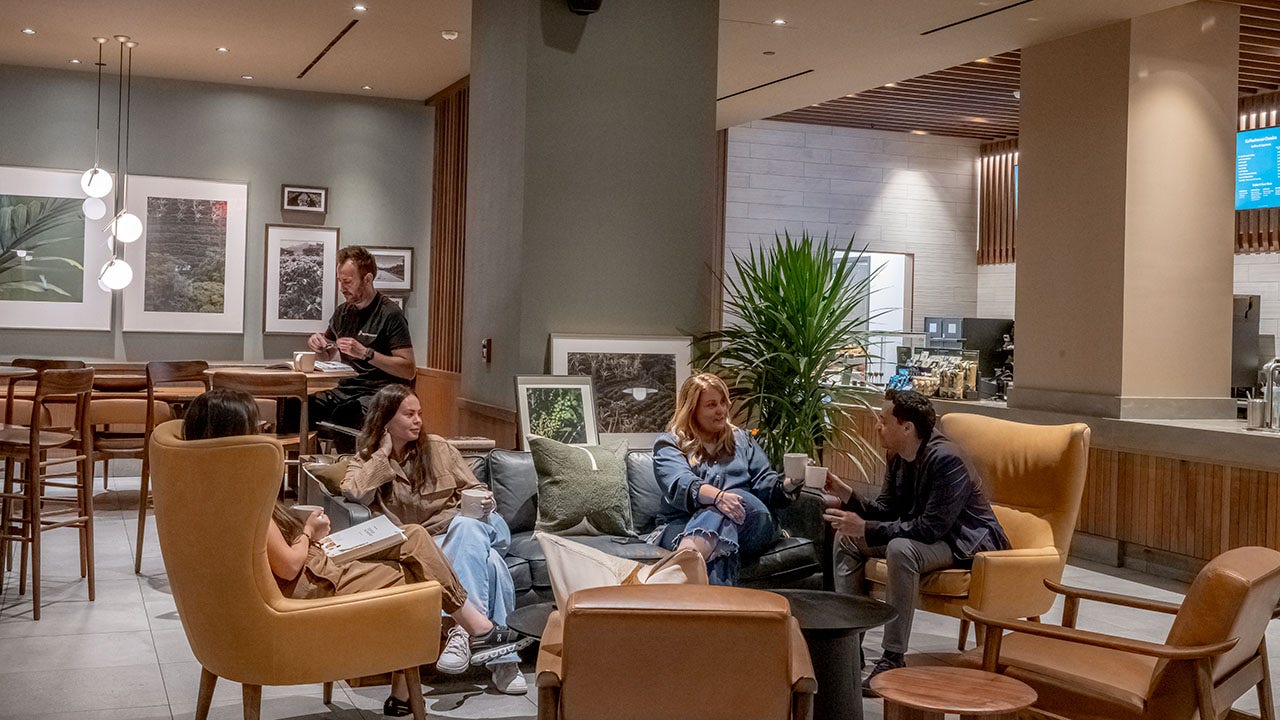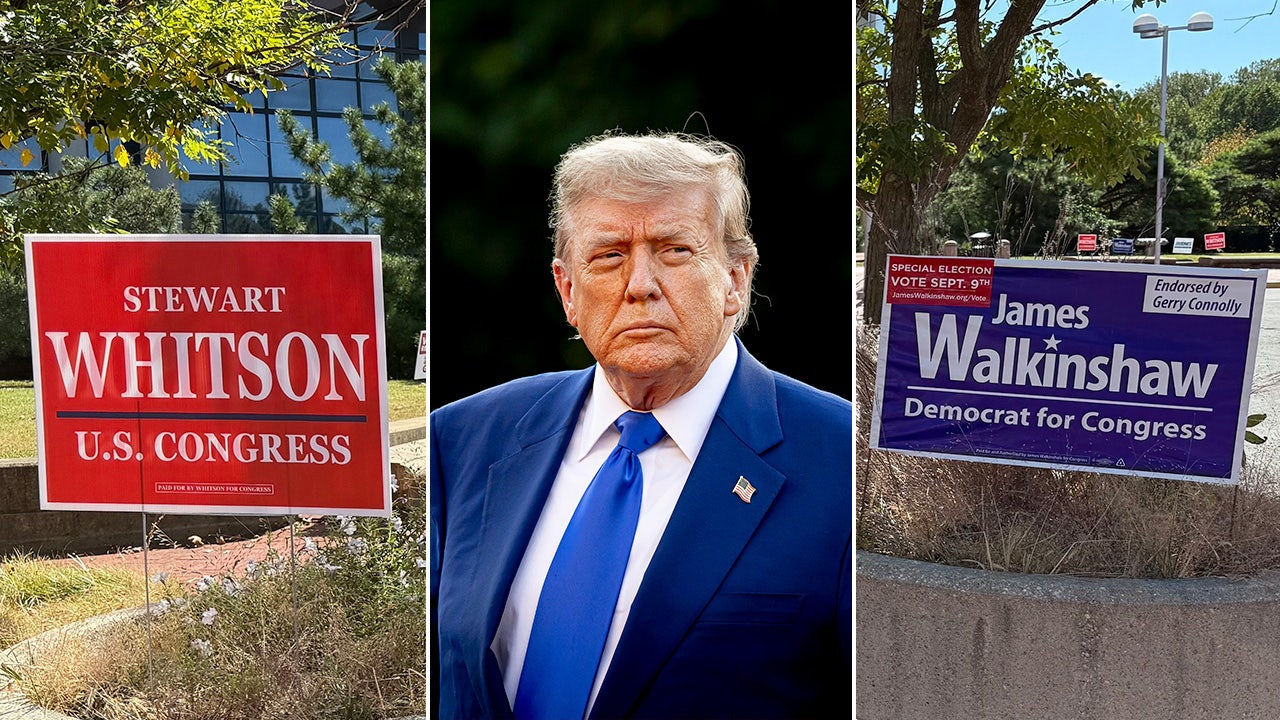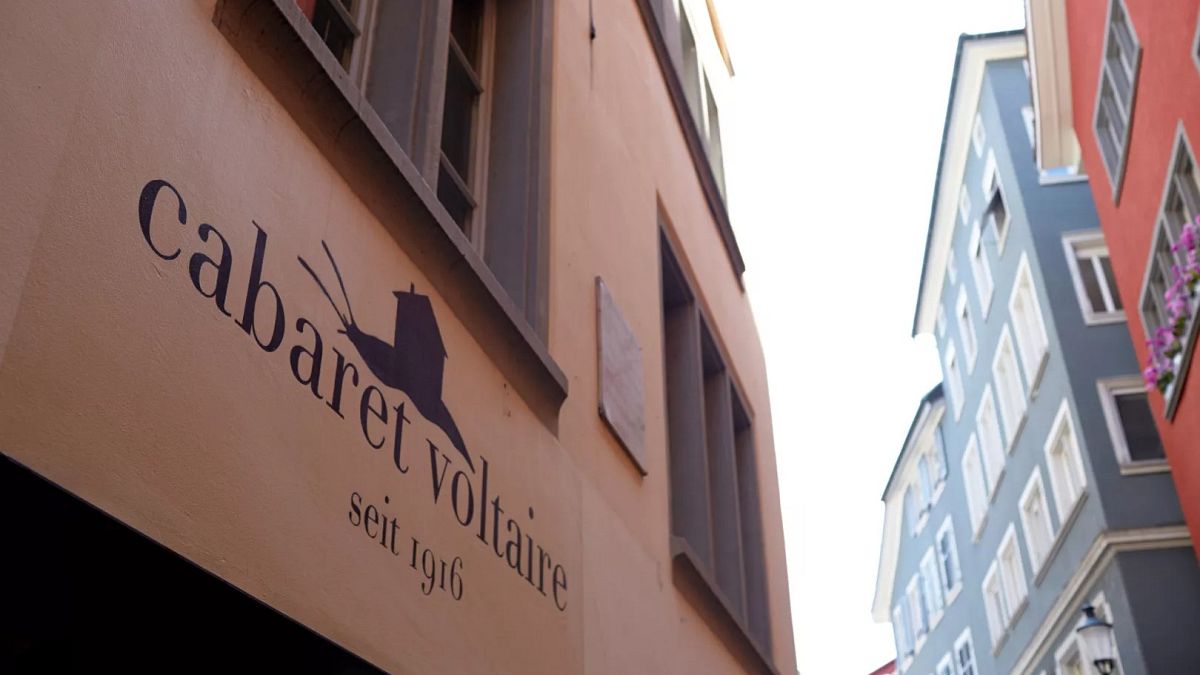When I checked into my hotel, I noticed a man slumped in the corner of the lobby. He looked dishevelled, more like a jet-lagged backpacker than a guest at a five-star retreat. The front desk staff barely glanced at him, so I thought better of rubbernecking.
It wasn’t until later, while touring the property and admiring works by Salvador Dalí and Joan Miró, that it clicked. I returned to the lobby, got face-to-face with the man in the corner and realised he was no man at all. He was an art installation.
I was at the Dolder Grand, a lavish resort built among Zurich’s wooded hills, like a fairytale castle towering over the Zürichsee. Originally opened in 1899 as a Curhaus, or spa retreat, it still attracts the world’s well-heeled with Alpine views and quiet luxury.
But inside, the Dolder Grand offers a glimpse of a lesser-known Zurich, where art, not just affluence, shapes the experience. With more than 100 pieces by major 20th- and 21st-century artists scattered across the property, the hotel doubles as a gallery, reflecting the city’s deep ties to creativity and design.
And it’s far from an outlier.
Public artwork brings unexpected beauty to everyday life
Zurich is often seen as the domain of financiers, FIFA officials and other members of the Maserati-driving classes. But it also gave the world Dadaism, the radical movement that emerged in 1916 at Cabaret Voltaire and laid the groundwork for surrealism and pop art.
Later, Zurich became the birthplace of Swiss Style, which championed grid-based design, sans-serif typefaces like Helvetica and a pared-back, rational aesthetic that still shapes everything from transport signage to websites.
Its creative spirit isn’t limited to the annals of history, either.
“Zurich is understated but buzzing,” says Jacqueline Uhlmann, manager of the Löwenbräukunst art centre in the up-and-coming Zurich-West district. “There’s a quiet confidence and a collaborative spirit here, driven less by trend and more by substance. It’s a city where design, art, architecture and technology constantly intersect.”
Some of that is credit to the city’s Kunst im öffentlichen Raum (KiöR) programme. It has commissioned and maintained over 1,300 public artworks, ranging from underpass murals to sculptures in cemeteries and playgrounds.
At Zurich Main Station, you’re welcomed by Niki de Saint Phalle’s purple-and-gold ‘Guardian Angel.’ At Zürichhorn, Jean Tinguely’s mechanical ‘Heureka’ greets you with spinning parts and surreal charm. Even Bahnhofstrasse, the city’s high-end shopping boulevard, hosts Max Bill’s minimalist ‘Pavilion Sculpture.’
“There’s a growing movement around reclaiming and creatively using urban space,” explains Milica Vujcic of Zurich Tourism.
Perhaps the most surprising example of Zurich’s artistic undercurrent is found inside the last place you should be: the police station. Here, the entrance features a vivid fresco of blooming flowers painted by Augusto Giacometti. Known as ‘Blüemlihalle,’ it’s a landmark you can visit freely – no arrest required.
A former industrial district now leads Zurich’s creative renaissance
Follow the Limmat River west from Zurich’s medieval centre and the cobblestones give way to train tracks, industrial towers and a different rhythm entirely. Zurich-West, once the city’s manufacturing core, has been transformed into a creative hub humming with energy.
At its heart stands Löwenbräukunst, a red-brick brewery transformed into one of Europe’s most unique cultural complexes. Under a single roof, you’ll find the Kunsthalle Zürich, Migros Museum für Gegenwartskunst and major galleries like Hauser & Wirth and Francesca Pia, alongside Edition VFO, which specialises in limited-edition prints.
In one moment, you can be peering at kinetic sculptures and oil paintings, and in the next, you’re eating vegan dishes at Bistro LOI or chatting with gallery owners.
“Zurich’s strength lies in its diversity and density,” says Jacqueline Uhlmann, Löwenbräukunst’s manager.
“While it may be quieter than Basel during art week, it offers a year-round, highly active contemporary art scene with a remarkable mix of galleries, off-spaces, major institutions, collectors and universities – all within walking distance.”
That proximity can fuel cross-pollination. Uhlmann explains that the Löwenbräukunst hosts regular meetups that allow anyone interested in art to plug into the district’s creative pulse.
“Initiatives like our monthly Art Walk West – a collaboration across the Zurich-West district – are designed to activate and connect with the broader community,” she says. “It fosters informal conversations that often lead to real collaborations.”
Back in the old town, the art spaces offer a different aesthetic.
Kunsthaus Zurich, the city’s most renowned fine arts institution, is one of the largest museums in Switzerland, housing works by Marc Chagall, Alberto Giacometti and Swiss-born innovator Sophie Taeuber-Arp. But it’s not all reverent silence and oil portraits. Recent exhibitions have tackled everything from NFTs to feminist interventions. And if you need a breather, the leafy Heimplatz square outside is perfect for people-watching with a pastry in hand.
If you time your visit right, you might also catch Zurich Art Weekend, a three-day event in early summer that features more than 70 exhibitions across the city. Organised just before Art Basel, the annual art weekend involves everything from rooftop talks to guided tours, all free and open to the public.
Zurich’s hotels offer discovery as well as design
Even Zurich’s hospitality industry has a creative edge. The vibrant 25hours Hotel Zurich West was brought to life by Swiss designer Alfredo Häberli. The Boutique & Art Hotel Helvetia houses sculptures, paintings, prints and more in its clean riverside space.
And then there’s the Dolder Grand, where art is everywhere. Reportedly worth over €800 million, its collection is interwoven with the guest experience.
One morning, I walked into Blooms, the hotel’s garden restaurant, and found a towering Keith Haring sculpture rising from the flower beds.
“Unlike in a traditional museum setting, guests encounter art in a relaxed and inviting atmosphere,” says Markus Granelli, the general manager. “It encourages lingering, observation and conversation.”
You experience that whether you’re sipping a cocktail at the Canvas Bar & Lounge – where each drink is inspired by a different piece in the hotel’s collection – or admiring a giant mushroom sculpture by Takashi Murakami in the modern wing. There are works by Francesco Clemente, Urs Fischer, Mel Ramos and even Sylvester Stallone.
But the piece that lingers is Duane Hanson’s ‘Traveller,’ also known as the man in the lobby. Made with a mix of found materials – clothing, hair, paper tickets – he looks startlingly lifelike. Orlando International Airport has a version, too, and passersby regularly try to wake him. I nearly did the same.
While he may not move, let alone talk, the man in the lobby will tell you everything you need to know about Zurich. Art isn’t kept behind glass here; it’s part of the experience.
As Uhlmann puts it: “It’s a place where something is made, not just shown.”













